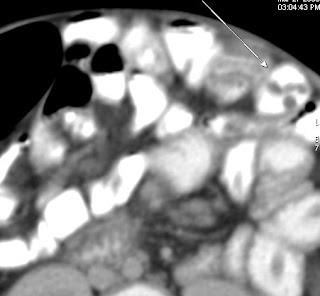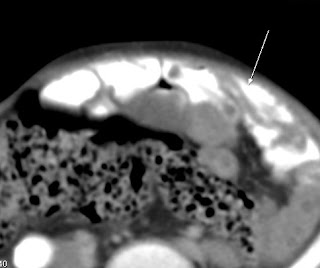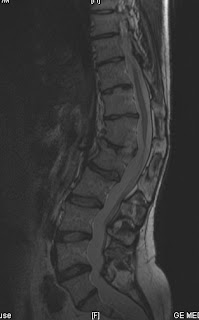


FindingsThree phase technetium 99m labeled MDP bone scan is shown. There is abnormal radiopharmaceutical uptake in the periarticular regions of the left hand and wrist on both immediate and delayed images.
Differential diagnosis:
- Reflex sympathetic dystrophy
- Inflammatory arthritis
Diagnosis: Reflex sympathetic dystrophy (RSD)Key points RSD is a poorly understood chronic abnormality of the sympathetic nervous system in a regional distribution (usually the distal extremities) that follows trauma, surgery, infection, casting, or splinting.
Clinically, it presents as severe, protracted pain in the affected limb that is out of proportion to the original injury. Additionally, there may be vasomotor disturbances. Progresses to skin and muscular atrophy.
Synonyms: Sudeck's atrophy, Complex regional pain syndrome type 1, Causalgia.
Three phases have been described:
1) Non focal pain with decreased range of motion, soft tissue edema, and increased skin temperature (lasts weeks to months)
2) Decreasing pain and skin temperature with skin thickening. Atrophy and osteoporosis may become apparent (lasts 3-6 months)
3) Continued pain with increasing atrophy and joint stiffness. Contractures may occur.
May occur in up to 5% of all injuries; most often in the upper extremity.
Typically, affects females more, often less than 50 years of age.
Plain radiographs only 60% sensitive and non-specific, showing osteoporosis of the affected limb with associated soft tissue swelling or atrophy (depending on the stage).
CT also insensitive and non-specific.
MR may show patchy bone marrow edema with stage dependent soft tissue changes.
Nuclear medicine three phase bone scan is the best study for diagnosis of RSD, showing diffuse increased uptake in the affected region on flow images; continued diffuse uptake on blood pool images, beginning to localize to periarticular regions; and continued uptake in the periarticular regions on delayed images.
Delayed images are the best for diagnosis, with a reported sensitivity of near 100%.
A "reversed" pattern of decreased relative uptake in the affected extremity may be seen on bone scan, however. This is most common, but not exclusively, in pediatric patients.
Treatment: medications (steroids, opiates, anti-epileptics, etc.); physical therapy; sympathetic nerve block; surgical sympathectomy.









 Paul McCartney and Ringo Starr, the two remaining members of "The Beatles", will be performing at the Radio City Music Hall in New York City on April 4th, 2009. This will be the first reunion of the remaining Beatles since 2002.
Paul McCartney and Ringo Starr, the two remaining members of "The Beatles", will be performing at the Radio City Music Hall in New York City on April 4th, 2009. This will be the first reunion of the remaining Beatles since 2002.








